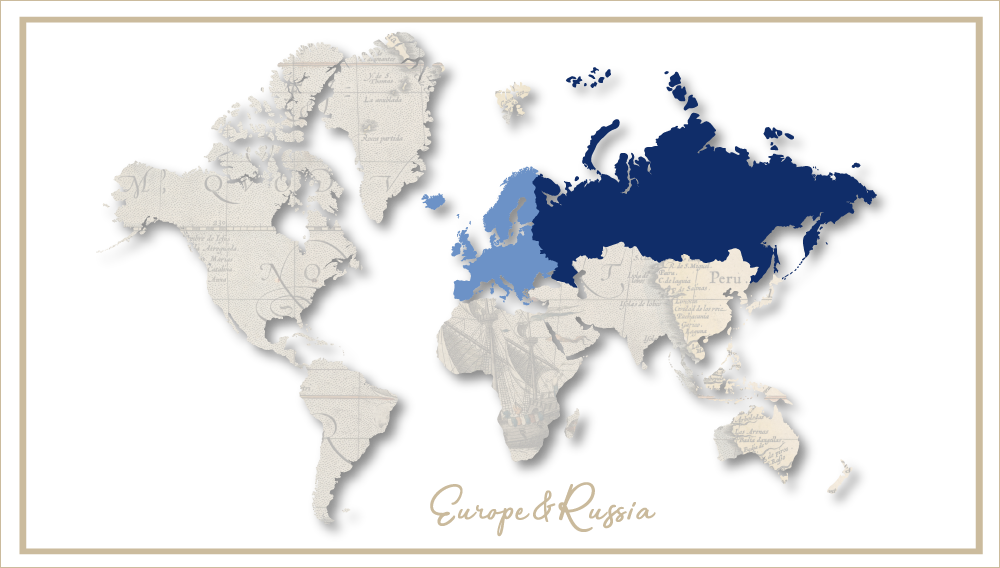Heineken seeks to tap “silver market”
For over a decade, demographers have said that that the 21st century will be ruled by the “New Old”, formerly known as the Baby Boomers – those born in the 1950s and 1960 – who as a cohort are significant on account of their size alone. In many countries, like in the U.S. and Europe, they represent the largest generational segment.
But have consumer goods companies woken up to the challenge?
Probably not, since their marketing departments are usually staffed with youngsters who are used to lumping all people over the age of 60 into a grey basket of zimmer frames, comfy shoes and big-buttoned telephones. What is more, advertising’s creative types, the people who dream up commercials, are considered ancient by the time they are 35. Finding the right language and imagery to communicate with an older audience, let alone coming up with the right products for the “over 60s”, pose big challenges for them.
Despite a deluge of marketing literature on what are euphemistically called the Silver Agers, Golden Agers, Third Agers, Mid-Agers, or Master Consumers, most consumer goods companies still prefer to focus on the youth segment.
Laudably, brewer Heineken has decided to create products for older drinkers in a bid to stand apart from its rivals, after gathering insight on the preferences of over 60s. It used its Ideas Brewery innovation platform on the internet to source information from fans on the consumption occasions of older shoppers.
The insight was to go towards creating new beer products, as well as bringing the marketing strategies for its lager and cider brands more in line with the specific needs of the demographic, the brewer said on the occasion of the launch of the brand’s 60+ Generation challenge on the Ideas Brewery earlier this year
A spokeswoman for Heineken was quoted as saying: “We see in many parts of the world an ageing global population which is increasingly living longer. Traditionally, our focus has been on younger consumer groups – we see potential in embracing all age groups. We are now looking for insights that can help us develop propositions that are better tailored to the specific needs of the 60+ consumer. At a later phase we will match ideas with relevant brands.”
Heineken’s 60+ Generation challenge closed at the end of June 2013. Curious as to how many people took part, BRAUWELT International approached Heineken. But, to our surprise, Heineken was unavailable for comment.
Its website only said that six finalists will be selected for the workshop in Amsterdam on 24 to 26 July. Overall winners will be announced before 15 August.
Why Heineken would not even disclose how many people entered this competition we can only guess. Could it be that the data collected proved so fertile that the brewer decided to keep shtoom in order not to alert its competitors to its rich pickings?
Or, did so few of those elusive silver birds take part in the competition that Heineken decided to pull a veil over its initiative, rather than draw loud laughter from those who always thought that spending money on the elderly was a waste because this demographic tends to be so set in its ways that it will buy what it has always bought, – plus zimmer frames, comfy shoes and big-buttoned telephones as the need arises?
Insiders say that brewers have to be careful when focusing too much on a specific demographic. They point out that both Molson Coors and Carlsberg got slapped in the face by female consumers when they launched beer brands for women.
We shall find out anon how Heineken fared in its endeavour to involve the elderly in its R&D.


